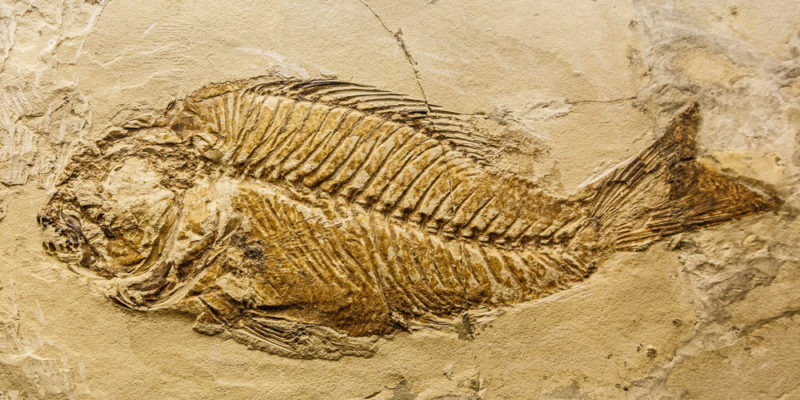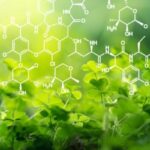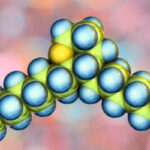We explain what inert matter is, what its characteristics are and what living matter is. Its relationship with living beings and examples.

What is inert matter?
When we talk about inert matter, we mean all bodies and substances that are not part of a living organism that is, they are not inserted in some life cycle: being born, growing, reproducing and dying. In that sense, inert matter is contrasted with living matter or living beings.
The world is made up of living beings and inanimate things, in various interaction mechanisms. While the former have voluntary movement and require an internal balance to preserve their energy and continue existing, inert matter is found subject only to elemental physical forces and transformation processes (biological or not), without any type of will, vital need or similar intervening.
Inert matter is called that because it does not present movement or will, which demonstrates a passive existence in the universe compared to the active of living beings.
There are also other definitions of inert matter depending on the branch of science or the field in which it is defined, for example:
In chemistry, an element or compound is defined as inert when it does not react chemically. The noble gases (helium (He), neon (Ne), argon (Ar), krypton (Kr), xenon (Xe), radon (Rn)) have very low chemical reactivity, that is, they practically do not participate as reagents in any chemical reaction, which is why they are said to be inert.
When pesticides are produced (substances that prevent and destroy pests), their components are divided into active or inert, with the inert ones being those that do not cause a toxic effect on the pest (species of any type harmful to humans) to be combated, which which does not mean that they are not toxic to other species, to humans or to the environment.
In the arms industry, inert ammunition is defined as some materials that, despite being explosive or incendiary, are harmless to humans.
See also: Levels of organization of matter
Characteristics of inert matter

Inert matter can be very diverse, since it is made up of all elements and substances in the universe as long as they are not configuring any structure of a living being. These are the things and substances whose existence is part of the backdrop on which life takes place. Even decomposed organic matter can be considered inert matter, once the life that animated it has been completely extinguished.
Living matter and inert matter

The boundaries between living and nonliving matter can be difficult to draw although in day-to-day practice the difference between them is very clear. If we consider that our bodies are made from the same atoms as a rock or a piece of metal, only organized in a radically different way, it turns out that the difference between inert and living matter is a matter of perspective. For example, a fossil is considered inert matter because it has been dead for a long time, even though it was once living matter.
It is easier to differentiate the living from the inert on an everyday level taking into account the behavior of things (in fact, if it has behavior, it is alive). But on a strictly physical or chemical level it is much more difficult to clarify. This is due to a certain mystery that still accompanies our considerations of life. For example, if we consider a body of a living human being and another body of a recently deceased human being. How are they different from this perspective, if they are composed of the same atoms organized in a practically identical way?
Relationship between inert matter and living beings

Living beings and inert matter are linked in different ways, such as:
- Nutrition. Although living beings are composed of organic matter, we must also consume certain inert matter, that is, specific elements that allow us to maintain homeostasis, that is, biochemical balance. For example, living beings cannot live without water, which is not a living being.
- Biochemical synthesis Living organisms not only absorb inert matter for nutrition, but also change the configuration of said matter through their metabolic processes. Thus, organisms can build organic molecules from dispersed elements (as plants do with photosynthesis), altering the constitution of the inert matter around them.
- Decomposition Life, however, always ends and the organic molecules that made up the body of living beings decompose due to the action of other organisms and natural elements, returning to more basic substances and eventually becoming inert matter.
Examples of inert matter
Examples of inert matter are extremely abundant in our daily lives. Stones, metals, concrete, plastic, oil, ceramics, glass, paper, all of these are forms of inert matter. So are the objects we make with them: statues, pipes, buildings, toys, polyester, cups, plates, glasses, mirrors, books and a huge etcetera.
References
- “Living beings and inert matter” (video) on Videoprofe.
- “How inert matter becomes life: the story of soil and synthetic life forms” in The Future Centre.





